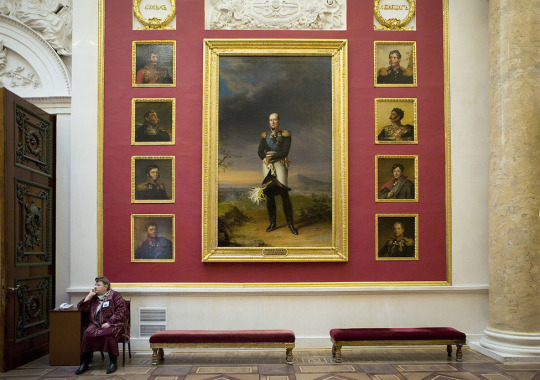#museum workers
Text
"The British Museum curators I have encountered in the course of my work – who do not include the man who has been named in connection with the alleged thefts – have been among the most diligent, generous and committed public servants I have ever met. They are also paid shockingly little given the qualifications and skills required for the work at the country’s most celebrated museum. (A highly specialised job as a curator focused on Roman-period Egypt, for example, is currently advertised at £32,000.) The case of alleged thefts is a terrible blow for those working on the ground in the museum, and the cause of fury and disbelief. And yet, no one seems to care very much for the curators, as the media become ever more frenzied, and the culture warriors sharpen their swords."
"The ultimate irony, the elephant in the room? The chair of this foundering museum is George Osborne, the ex-chancellor of the exchequer, now multimillionaire fund manager. When he took a job at BlackRock in 2017, he was paid a day-rate of £13,000 – yes, earning in three days more than that new British Museum curator will make in a year. As chancellor he was behind the “austerity” cuts to public services and cultural organisations of 2010 onwards. That was not a theft. What it was was a withholding – on a grand and unforgivable scale – of care."
#museums#museum issues#the British museum#British museum thefts#museum professionals#museum workers#museum curators#politics
728 notes
·
View notes
Text
Boston history museum workers out of context
"I don't have a crush on Henry Pelham [1748-1803]!"
"YOU SAID HE WAS A YAOI BOY!"
#history#us history#museums#museum workers#this coworker also said he had a 'fat boycrush' on Dr. Joseph Warren as a teenager so#there's that
104 notes
·
View notes
Text
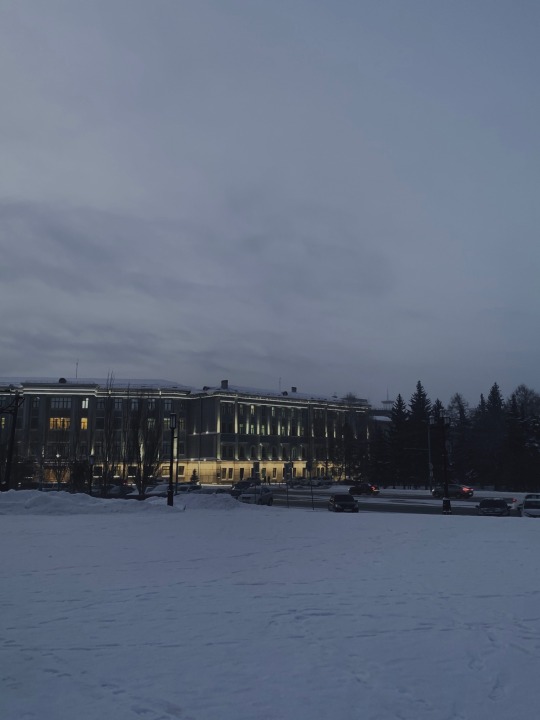
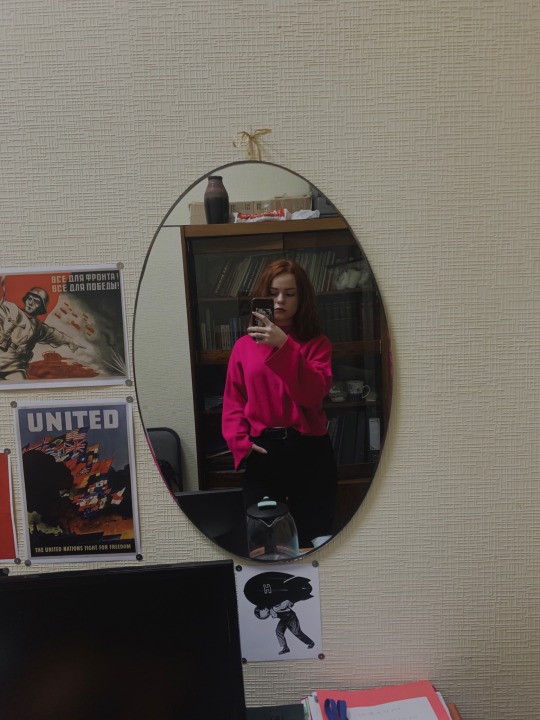


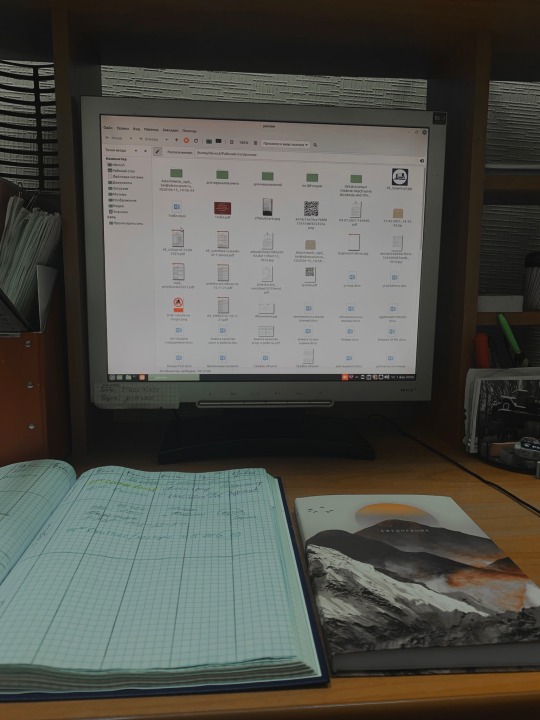
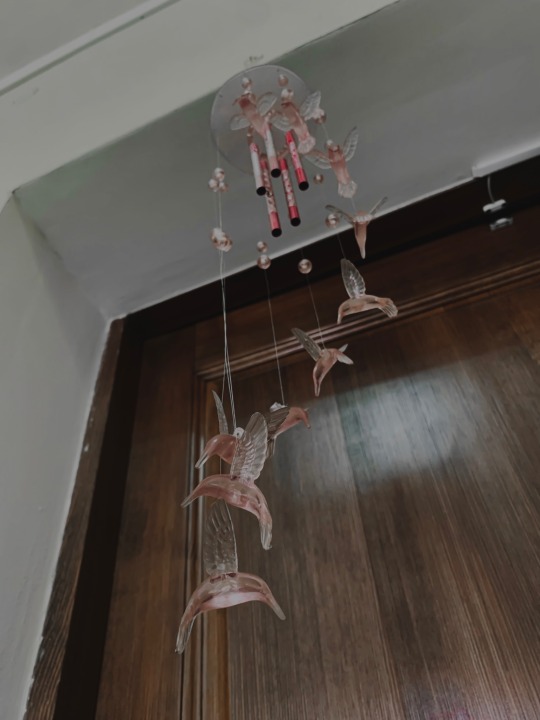
February 1, 2024
The first working day at the museum 🏛️
This is the best job for me, I like it, I am looking forward to when I can lead tours around the museum’s location I only learn a tour and drink coffee these days
#museum#museum work#museum studies#history#museum workers#my work#studyblr#study blog#study aesthetic#work aesthetic#jobs#russian aesthetic#aesthetic#Russian museum
13 notes
·
View notes
Text
However that post reminded me that we could have a museum people reblog game:
What are the most frequently asked questions in your museum?
Mine are "is this the church?" (no you gotta go up the hill) and "why is the bed so short?" (they closed it for the daytime, it can be opened to full length for sleeping in).
21 notes
·
View notes
Text
Got to love it when I get tags that start with “I’m not an archaeologist, but…” because I know I’m about to get a very online misunderstanding of archaeology from a very western perspective.
Today’s (paraphrased) offering is: “Tutankhamun should be left to rest in his tomb, looking at you British Museum. In fact we shouldn’t move the dead from their tombs because it's SACRILEGIOUS”
Tutankhamun is very much in his tomb. It has nothing to do with, nor ever has, the British Museum. If you guys are going to get involved in certain topics it’d really help you to know what's what before deciding on a course of 'action' or even yelling about it on the internet. Otherwise, you're tilting at the wrong windmills. Trust me, there are numerous other windmills than just the BM to tilt at *cough*themetthelouvretheneuesmuseumandthousandsmore*cough*.
The Egyptians don't need their tombs to have an afterlife either. There's a lot of romanticising and overstating that goes on when talking about Egyptian tombs and burial practices, so I understand where the confusion comes from. The most important thing was to receive offerings from, and have their name spoken by, people who passed by their burial. Without either of those their afterlife ceases to exist. Therefore, as per the rules of the Egyptian afterlife, most mummies lost 'access' to the afterlife millennia ago without anyone removing them from their tombs. If anything, having their names spoken by visitors to a museum, and images or actual offerings being displayed, fulfils this requirement more than leaving them where they were. Western sensibilities towards death, and death displays, have got very...hand wringing-y...over the last few years? The way people talk about museum displays and museum workers, you'd think we were doing puppet shows with the dead where there was a big neon sign saying 'come laugh at the gross dead people' instead of thoughtful and respectful displays. Museum workers care a great deal about the dead on display. We know they're people, and we treat them as such, but we also recognise that they're dead and have been so for thousands of years.
But going back to the original point, Tutankhamun *is* in his tomb. He's one of the very few where it's actually safe to have him still in his tomb, though it is constantly monitored and may not stay this way. You see, mummies not being in their tombs is a mixture of a variety of things:
It can be unsafe for mummies to be in their tomb due to environment. After the Aswan Dam was built, it caused the water table to rise, and with it a lot of salt came with it. This is actively damaging many tombs and temples, though they are trying ways to mitigate it. If you put, and I'm going to do this in museum terms, organic material in a hot and damp environment you're going to get mould very quickly. It'd be really bad to have the mummy survive 3000 years only to be destroyed by damp. So a museum where the environment can be kept stable and monitored is ideal.
The tomb may not be suitable to have the mummy in anymore. Many Egyptian tombs are subterranean, so over the centuries they have been subject to collapse. The tomb of Ramesses II is caving in on itself. There's literally bolts and netting holding the ceiling up. Absolutely not safe to put Ramesses II back in his tomb. You leave him in there with a ceiling like that, and then it collapses? Congrats, now you've lost two priceless treasures instead of one.
The mummy may not have been found in their original tomb, nor might we know where the original tombs are. The Ancient Egyptians had this wonderful habit of moving the dead if they were in inconvenient spots, or they were robbing the tomb. Almost all royal mummies weren't even found in their tombs. They were found in a cache (TT320/DB320) at Deir el Bahri, which literally consisted of a cave where they unceremoniously dumped various kings to save them from robbers. Most of these kings were not in their correct coffins, and even the coffins they were in were mismatched from 2 or more different kings. In all, funerary equipment for 50 different kings and queens, and 11 mummies, were found in the cache. This includes the mummies of Ramesses II and Seti I. In the museum in Cairo, they've been returned to their coffins if they had them, and put on display. It is not safe for them in the cache nor in their original tombs, so the best place for them is in a museum.
Space is another concern. Not all these tombs are particularly large, so having a coffin display and visitors in the same space risks both the tomb and the mummy. It is often not safe to do so and thus it isn't done.
Security. Seriously, if every mummy is in their own tomb you would have to have such intense security to stop people from going in there and robbing the place. It's one of the reasons you often hear about 'discoveries' made, but academics knew about it 6 months to a year ago. Not telling the public immediately allows artefacts to be moved and studied without the threat of looting (which does still happen). If you've got all the mummies in their tombs and publicly advertise that, then oh boy are people going to attempt to take them. The area of burials is too large to be covered securely for something such as that.
So, yeah. This got away from me a bit, but the 'put everything back and don't look at it because it's rude and disrespectful' narrative is beginning to drive me a little bit up the wall.
#tbh I'm sick of museum workers getting maligned because people don't understand what they're talking about#or being used as a punching bag for an adjacent topic because people will blame them and not the systemic issue at the core
1K notes
·
View notes
Text

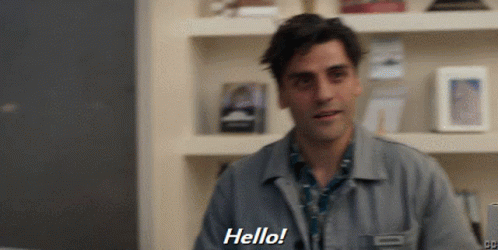
#fox writes imagines#honestly thought most ppl would be more into Marc and I’d be lonesome in my interest with Steven’s character#but y’all also in love with him huh#marvel#moon knight#steven grant#steven grant x reader#steven grant x museum worker!reader#steven grant x coworker!reader#marvel imagine#moon knight imagine#steven grant x reader imagine#steven grant imagine#steven grant x museum worker!reader imagine#steven grant x coworker!reader imagine
107 notes
·
View notes
Text

Joe Hill, Carlos A. Cortéz, 1979
Linocut on paper
35 x 23 ¼ in. (88.9 x 59 cm)
Smithsonian American Art Museum, Washington, DC, USA
#art#carlos a cortez#1970s#20th century#linocut#print#joe hill#smithsonian american art museum#american#chicano art#artists of color#political art#labor rights#industrial workers of the world#labor unions#portrait
85 notes
·
View notes
Text

Today's Card Is: Martell
#card of the day#contraband#submission#august 22 2023#cool story with this#a follower went to a museum and saw this#they asked the workers if they could take pics of the cards inside#and they sent them over#it made my day to hear that they thought that much of this blog#thank you
57 notes
·
View notes
Text

#museums#museum workers#museum work#museum professionals#GLAM#Galleries Libraries Archives Museums#museum worker advocacy#emerging museum professionals
53 notes
·
View notes
Text
#shay speaks#polls#hyperspecific poll#okay i did have enough woo!#i've spent the night at two different museums ehehe#and mom used to have to take me to work with her when i was a kid so we had a little#mattress that we kept in the car for me to pull out and sleep on in one of the conference rooms on the floor#since she was a dock workers at the time yknow. used to wheel a tv w a vhs player in the room when i woke up#one of my nicknames is 4 bc i was the 4th grandchild on my mom's side#i have NO biological maternal uncles or paternal aunts btw. my mom only had sisters and my dad only had brothers#uhm. okay i think thats it but feel free 2 rb :3
98 notes
·
View notes
Note
I went to a science museum with two friends today. One of them was really taken with a tour guide wearing a she/her pin, and their partner said to me, "I don't know if you've noticed this, but when we go to museums, we've noticed that they're all full of young queer employees. It's great." That made me think of your blog.
They are! The museum industry seems to be attracting a lot of youger queer people at the moment (although many older queer folks have been here for decades already). I've jokingly called the general Boston museum workforce, "the Rocky Horror History Show."
(Worth noting, though, that a pronoun pin doesn't necessarily mean they're queer. Most of my cishet colleagues also wear pronoun stickers on their nametags, to normalize it more fully.)
95 notes
·
View notes
Text
This morning I signed the documents at the museum, and from today I am officially a museum worker! I’m waiting for congratulations 🎉
2 notes
·
View notes
Text
Question for anyone else in the museum sector (or archive or library if you have like photo or map collections or whatever) :
How we feeling about digitization standards for 2D objects? FADGI, ISO, whatever you've got?
Cos in Finland they have now done a localised version of FADGI, and it's like a lot but also I'm kind of excited, but my colleagues seem to be in a "ostrich burying its head in the sand" -mode like "nope no way in hell we will ever be able to do that, lalala I can't hear you."
Has anyone transitioned to using a standard and would care to share experiences?
0 notes
